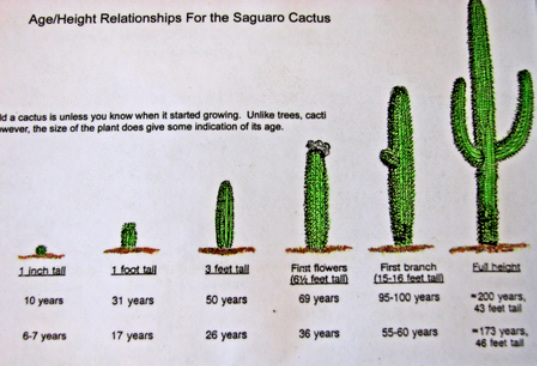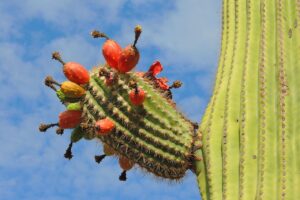Do all cactus plants flower? This tantalizing question invites us to delve into the fascinating world of cacti and their flowering cycles. The short answer is no, not every cactus produces flowers, but the underlying reasons involve a myriad of fascinating biological and environmental factors. Cacti are remarkable for their ability to adapt to arid climates, showcasing breathtaking blooms that can vary considerably from species to species. However, not every species will dazzle its beholders with floral displays. Let’s explore the whimsical mechanics behind cactus flowering and uncover the challenges these plants face.
The Flowering Cycle: Nature’s Intricate Intricacies
To understand the flowering cycle of cacti, one must appreciate the unique environmental conditions they thrive in. Cacti are succulents, meaning they store water in their tissues, which allows them to survive in dry climates. Many species of cacti have evolved to produce flowers as a mechanism for reproduction. A bloom signals the readiness to receive pollinators, often during specific times of the year when conditions are more favorable. However, the initiation of this flowering process is not merely instinctual; it involves a series of complex physiological responses to environmental cues.
Cacti typically bloom once they have reached maturity. The lifecycle of a cactus includes growth seasons, dormancy periods, and various other factors that can influence flowering. Light exposure, temperature fluctuations, and watering schedules play substantial roles. For instance, many cacti will only flower after experiencing a period of dormancy, induced by cooler temperatures and reduced light. This rest phase enables the plant to gather energy, ensuring that when blossom time arrives, it has the resources available to produce vibrant flowers.
Varietal Differences: The Bloom Spectrum
Within the cactus family, diversity reigns supreme. Some members of this family exhibit prolific blooms while others may remain utterly devoid of floral beauty. The reasons behind this variance are multifaceted. For example, the Saguaro cactus (Carnegiea gigantea), a symbol of the American Southwest, is known for its stunning white flowers that open at night. Before nature’s delicacy can bloom, however, it requires substantial growth and the right environmental triggers.
Contrastingly, the Moon Cactus (Gymnocalycium mihanovichii) may produce flowers but often remains more ornamental, relying on its vibrant coloration rather than showy blooms for aesthetic appeal. Such examples illustrate that flowering is not a universal trait in cacti but rather a unique characteristic of certain species shaped by evolutionary pressures, survival tactics, and the intricacies of their specific habitats.
The Impediments of Flowering: Challenges in the Environment
While cacti are hardy and capable of enduring bleak conditions, various factors can inhibit their ability to flower. Stressors in their environment can contribute to poor flowering or complete cessation of blooms. For instance, overwatering or inadequate water supply can detrimentally affect a plant’s vitality. In ideal conditions, a cactus exhibits a balance between conserved moisture and ample sun exposure, but when this delicate equilibrium is disturbed, flowering may become compromised.
Furthermore, pests and diseases can wreak havoc on a cactus’s health. Infestations of mealybugs or scale can sap energy that would otherwise contribute to flowering. In addition, nutrient deficiencies may stymie the plant’s growth, reducing the likelihood of blooms. Tactical approaches to care, such as appropriate soil amendments and timely interventions, are essential for maintaining a healthy cactus capable of flowering.
Pollinators and Their Critical Role: The Circle of Life
Even when cacti successfully produce flowers, it’s worth pondering whether these blooms attract pollinators. Pollination is significantly important for reproductive success. Many cacti have evolved stunning and fragrant flowers specifically to lure in bees, butterflies, or even birds! However, in regions where pollinator populations have declined, even flowering cacti may remain lonely and unused. Researchers continually grapple with the implications of pollinator dissipation, considering what it means for the future of flowering cacti.
In summary, while some cacti certainly bloom, the conditions leading to flowering are diverse and often dependent on a myriad of factors. Not all cactus plants blue, yet their adaptation techniques provide a window into nature’s resilience and creativity. By exploring this dynamic, we better understand the role flowering plays in the survival of these captivating plants. Will the future hold more blooming cacti? The answer lies in our connection to the ecosystems in which they reside and the actions we take to nurture those environments.





Leave a Comment